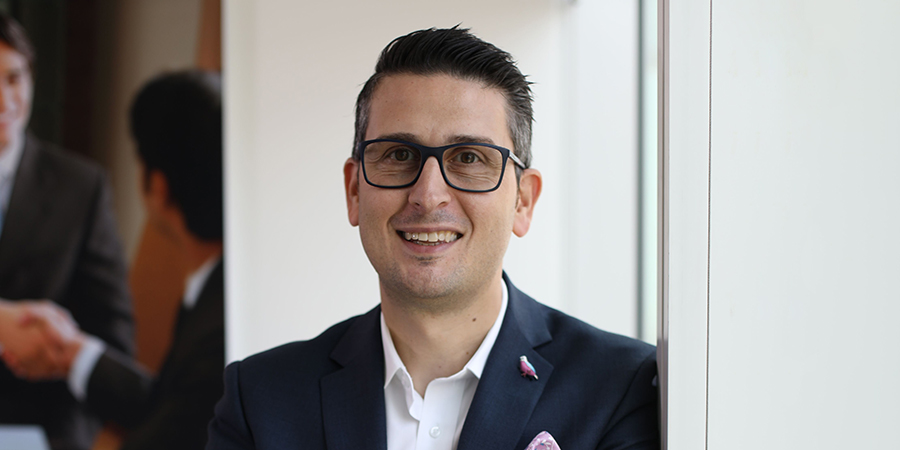In an exclusive interview with Telecom Review, Lucky La Riccia, Vice President and Head of Digital Services at Ericsson Middle East and Africa spoke about the main digital services the company is offering and the challenges that are still widening the digital gap in addition to the new digital services expected to be announced this year.
How is Ericsson contributing to the MEA region’s digital transformation? What are the main digital services that you are offering?
MWC is a great showcase of our digitalization efforts. From a network perspective, we are seeing how to build the digital networks of the future and do it in a cost-efficient manner; as an example, the new radio flagship 4490 is introducing 25% efficiency services. Our aim is to help service providers to execute a digital transformation that transforms both the enterprises – in the way they do business – and industries, by introducing leading edge technologies such as artificial intelligence (AI) and 5G as a network enabler and platform for innovation.
Another area of focus is supporting the service providers to grow in the consumer business segment. We’re aiming to drive technologies that enable a greater user experience including AI, 5G with it’s low latency and high throughput driving the processing of data to help modernize, enable, and grow revenue streams for our service providers.
These technologies will indeed shape the ICT industry going forward. With smart agriculture for instance, the introduction of 5G will allow users to process massive amounts of data that can be used to optimize processes and increase understanding of relevant agricultural parameters such as humidity, local rainfall, and temperature variations. With high throughput, low latency, and a lot more data processing power, you can make informed decisions closer to the crop. It is thus possible to manage and monitor the various factors more efficiently.
In your opinion, have we reached a phase when digital services are accessible to all? If not, what are the challenges that are still widening the digital gap?
Unfortunately, we have not reach that point yet. We have digitized solutions and offerings in our service provider community that are being introduced to different markets at different points in time. We have introduced 5G in different parts of Africa and the Gulf. We are helping digitize the banking experience with the expansion of mobile financial services across the African continent. These services are being introduced to the Middle East where we’re enabling wider mobile digital banking services with the objective to reach as many markets as possible and ultimately close the digital gap.
What innovation digital services should we expect to be announced by Ericsson this year?
We’re choosing to focus on the key elements that enable our service providers and that starts by building the digital networks of the future, modernizing the networks in a cost-efficient manner, and finally, enabling the service providers to help grow their business in a smart way.
In the enterprise domain, we are trying to enable our service providers to serve different enterprises, small and medium businesses so that all the investment elements in a network nowadays can be re-used while driving new revenue streams in new areas.
Lastly, we look at the service provider’s business, focusing on specific areas that can help transform the customer experience in segments such as gaming and entertainment. In fact, virtual and augmented reality as use cases require increased processing power closer to the end user and we are about making it far more efficient with the power of 5G. At MWC Ericsson is also displaying new offerings such as the Edge Exposure Server, which is all about simplifying the way that we want to process that data closer to the user.










